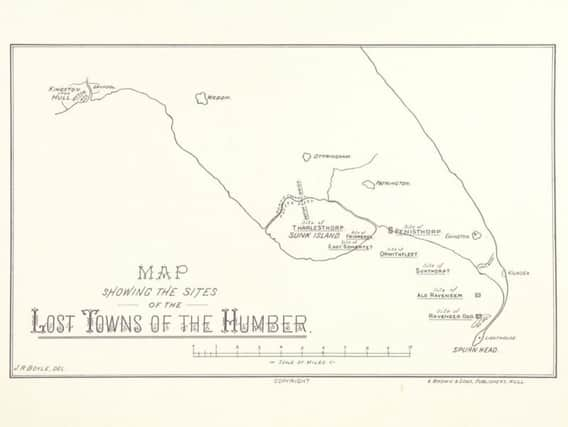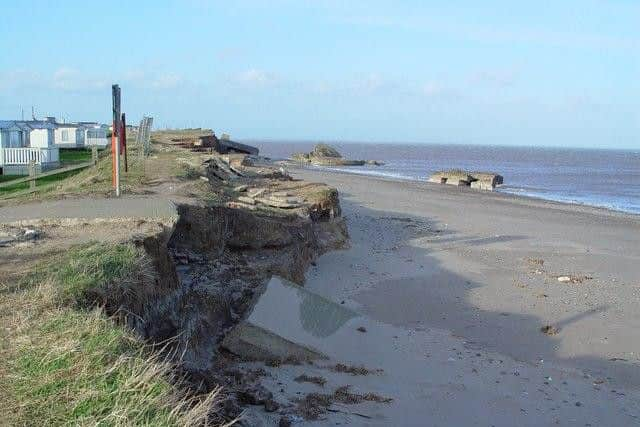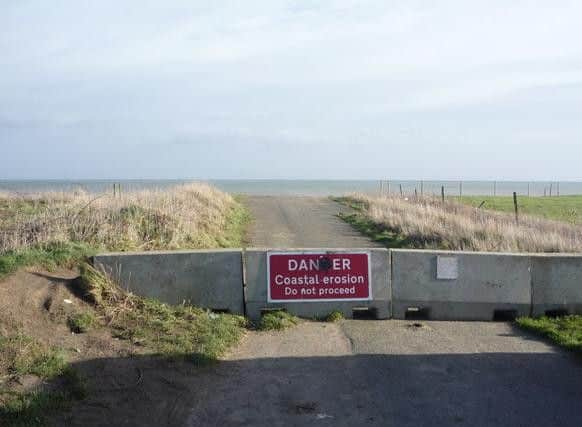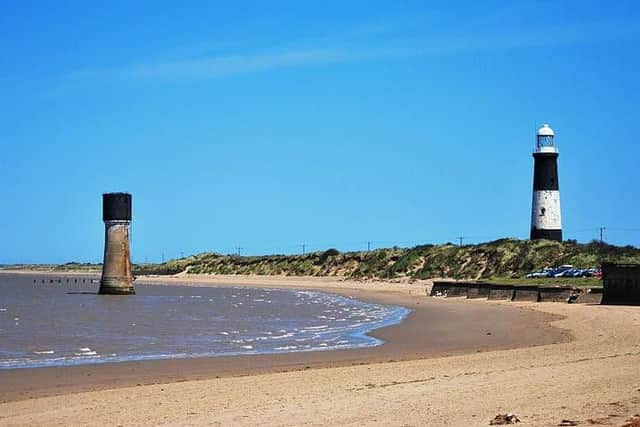The lost villages of the Yorkshire Coast that now lie under the sea


Countless experts have warned that climate change threatens to displace thousands of residents from their homes in the coming years as coastal erosion speeds up to a faster rate than ever before.
Lost settlements
What fewer people realise, however, is that coastal erosion is no new problem in this region.


Advertisement
Hide AdAdvertisement
Hide AdSince the Roman era, historians have documented dozens of hamlets and villages along the East Coast which have already disappeared, now lying beneath the waves of the North Sea.
The most complete account of these lost towns and villages was written by Thomas Shepphard in 1912, who used old accounts and map drawings to figure out the rough locations of these settlements claimed by the sea.
By the time of his writing in the early 20th century, he estimated that 30 or so settlements had been washed away, some of which had once played important roles in the fishing, farming and trade industries of the region.
Ravenser Odd and Ravenspurn


Undoubtedly the most significant of the settlements lost to the waves was Ravenser Odd and Ravenspurn. The latter even gets a mention in Shakespeare’s Richard II with the eponymous King speaking of a place called “Ravenspurg”.
Advertisement
Hide AdAdvertisement
Hide AdIt’s believed that the settlements lay a mile or so east from Spurn Point, on a sandbank on the mouth of the River Humber.
Ravenser Odd was founded around 1235 and was the first port of entry to travellers coming up the Humber from the North Sea, making it an extremely important fishing, shipping and trading point.
As a result, the town grew quickly, establishing a court, chapel, prison, gallows, warehouses, markets and an annual fair. It also contributed ships and men for King Edward I’s wars with Scotland.


But by 1340 accounts show concerns about the impact of flooding on the town, and a few years later around 200 buildings had been lost.
Advertisement
Hide AdAdvertisement
Hide AdTownfolk reported that the final destruction came when the chapel was attacked by the North Sea, upturning the bones of the dead buried there. Most fled to nearby settlements like Hull and the once-bustling town was claimed by the sea.
Auburn
Auburn or Aborn was a small village within the civil parish of Barmston and Fraisthorpe that was abandoned in the 16th century due to coastal erosion, with the village reduced to just one farm of around 200 acres and a cottage.
The church was dismantled in 1590 and rebuilt further inland, but was demolished finally in 1731 due to the sea once again encroaching.
Hornsea Beck
Another settlement lying close to the sea in Hornsea, Hornsea Beck was a small settlement recorded to exist as early as 1367.
Advertisement
Hide AdAdvertisement
Hide AdBy 1747 however, it had been completely destroyed by coastal erosion, with an estimated 38 houses falling into the sea.
An anonymous poem was said to have been found in Hornsea referencing the encroaching sea, reading:
“Hornsea steeple, when I built thee,
Thou was 10 miles off Burlington,
10 miles off Beverley, and 10 miles off sea.”
Owthorne and Old Withernsea
Legend has it that the churches in Owthorne and the neighbouring town of Old Withernsea were built by two sisters who wanted to build a local church but could not agree on whether it should have a tower or steeple.
Both were eventually destroyed by the encroaching sea, with a huge storm in 1816 dealing the final blow to Owthorne church, destroying it along with large chunks of the town, and reportedly casting bodies from the graveyard into the sea.
Warning on rising sea levels
Advertisement
Hide AdAdvertisement
Hide AdAlong with dozens more, the stories of these lost settlements serve as a warning for the future of the Yorkshire Coast.
Without serious action, more communities are at risk from rising sea levels, with East Yorkshire highlighted as one of the English areas most susceptible to coastal erosion.